If you’ve been keeping an eye on the beauty blogosphere, you’ve probably heard of Inhibitif already. Inhibitif is a hair reducing product and has been a hit, based on its reputation of achieving similar results to laser without the pain or cost. But what exactly is it doing?
The main active ingredients in Inhibitif are Tremella fuciformis sporocarp extract, dihydromyricetin and lauryl isoquinolinium bromide. Lauryl isoquinolinium bromide is only found in the Advanced Hair-Free Serum, which isn’t retailing in Australia at the moment.
Tremella fuciformis sporocarp extract is an easy one to deal with – it’s just a moisturiser, derived from a gooey white fungus that the Asian cuisine fans amongst my readers may find particularly familiar.
Annoyingly, there isn’t much toxicological or hair-reduction data available on dihydromyricetin or lauryl isoquinolinium bromide, so it’s difficult to work out exactly what their mechanisms of action are.
Dihydromyricetin is an interesting molecule extracted from the oriental raisin tree, which has been used for a long time in traditional medicine. It’s been found to mitigate the effects of alcohol, and is being sold for human consumption already.
However, its hair growth reducing properties are less well-established. There’s a study by a company selling a product with a lower concentration of dihydromyricetin, which shows impressive results, but as you’d expect for any in-house research, you have to take the results with a grain of salt.
Lauryl isoquinolinium bromide is less benign in my opinion – although the MSDS for a beard-slowing product that contains it is somewhat reassuring, there really isn’t enough info on it out there to made me feel like its safety profile is well established, and that it’s targeting just the hair, and not the skin around it. It’s not in any of the Inhibitif products in the Australian market though.
If you’re interested in some in-depth analysis of the (little) literature around dihydromyricetin and lauryl isoquinolinium bromide, you can check out this comprehensive post from Ingredients of Style.
I received a bottle of Inhibitif Hair-Free Body Serum to trial. The packaging specifies to apply the serum twice a day for 2 months, or until hair is nearly invisible. Results should develop within 2-8 weeks. The serum itself is a pale yellow, watery liquid that smells slightly minty. It comes in a convenient spray bottle. Here’s the ingredient listing – as you can see, it’s got dihydromyricetin as the hair-reducing ingredient, but no lauryl isoquinolinium bromide.
Unfortunately, try as I might, I just couldn’t fit rubbing the serum into my skin twice a day into my schedule, especially considering that I can’t moisturise on days when I pole. I think I averaged one application a day for 2 months. I applied the serum to my right arm and leg, but I didn’t notice a big difference (my hair is pretty sparse to begin with anyway).
The vast majority of Inhibitif reviews I’ve found online have tested the Advanced Hair-Free serum (containing lauryl isoquinolinium bromide). I’m yet to find any thorough reviews with photographic evidence of the results of the non-Advanced, dihydromyricetin-only formulation. The results of the lauryl isoquinolinium bromide product do seem quite impressive, but even if I could fit Inhibitif into my lifestyle (I never thought I’d have to say that!), and if they sold the Advanced formula in Australia, I’m not sure I’d be comfortable rubbing lauryl isoquinolinium bromide into large areas of my skin twice a day without seeing further safety studies. While it appears to do a great job of inhibiting hair growth, I’m not convinced that it’s selectively targeting just the hair. I’ll be keeping an eye out for consumer reviews of the dihydromyricetin-only formula, which to me could possibly be a relatively safe, cheaper, pain-free alternative to laser.
Inhibitif products are available from Priceline, starting at $29.99 for the body serum (120 mL) or the face serum (30 mL).
This product was provided for editorial consideration, which did not affect my opinion. For more information, see Disclosure Policy.
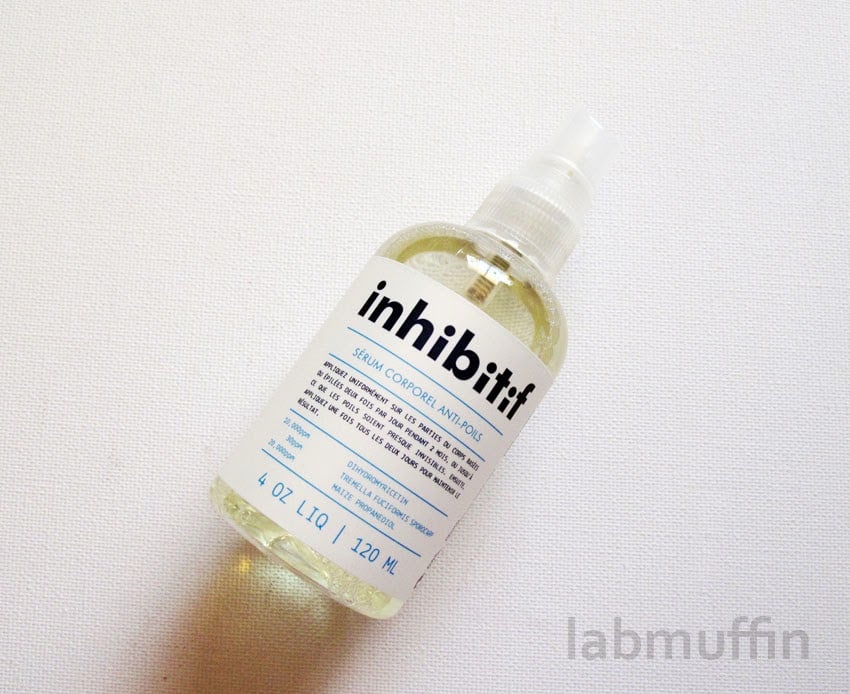
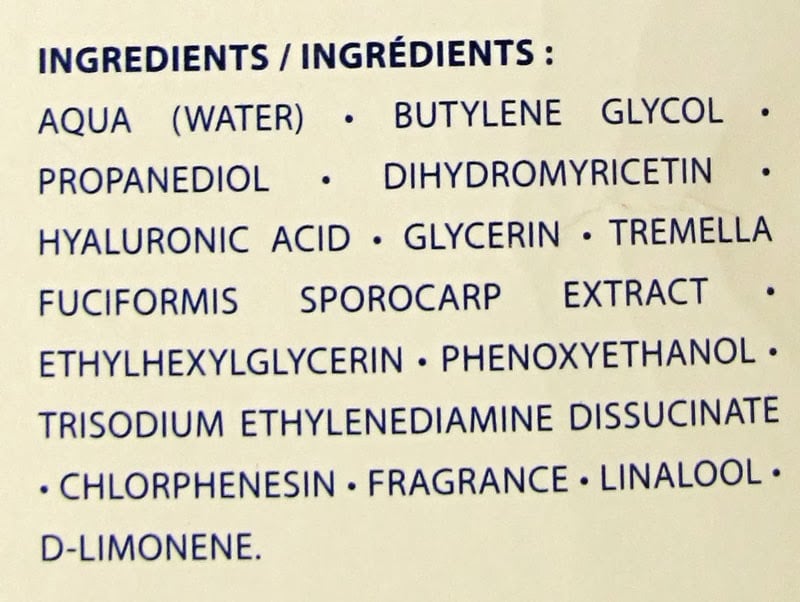


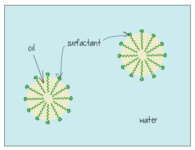

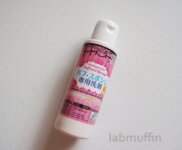
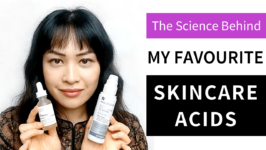
Interesting. I’m sure the companies selling it wouldn’t be willing to share their results or exactly HOW the product is targeting the hair follicles. But the main thing is that is didn’t do anything nasty to your skin.
Thanks for sharing!
I think it’s more a case of the companies not actually knowing how it works – a lot of the research is expensive, requires specialist equipment, and probably isn’t worth the investment for them. Either that, or it works in a dangerous or dangerous-sounding way! As far as I know, companies are fine with sharing the results of their products, unless the results are bad, or not properly confirmed yet (I’ve been to a few press events where the initial results were pretty impressive from a scientific point of view, but they wanted to repeat the trials a few times to confirm before publicising). It’s mainly the formulations that they want to keep secret.
Thanks for the blog shout-out! They are still advertising heavily here in Canada (even though it is the dead of winter). The available data suggests that it is lauryl isoquinolinium bromide which is the key ingredient for effective hair reduction but the fact that it is a polycyclic aromatic compound, and one that was flagged by the FDA for lack of long-term safety data, raises concerns.
The lack of safety data is definitely concerning, but I’m not convinced that it’s necessarily bad by virtue of its aromaticity. It’s technically polycyclic, but since it’s just bicyclic, its patterns of toxicity aren’t so easily predicted – while there are a lot of nasty bicyclic aromatic derivatives, there are some which are therapeutic, benign or even beneficial, such as tryptophan, serotonin and quinisocaine,
Love that you get to the science behind beauty products! I was considering something like this and your blog came up. I’m a beauty-loving biology PhD student 🙂 I don’t think my area of expertise overlaps so well though, but I’m definitely subscribing to your blog, very interesting so far!
writingwhimsy.com
Hi, thank you for your prodigious post. I actually appreciate the efforts you have put in your blog .It is thought-provoking and accommodating. Good luck with it!!! face serum
Hi, can you advise if any of the ingredients in the face serum may lighten the skin colour? I have been using for 10weeks and think in some areas the skin is slightly lighter
Are there any updates on hair removal serums?
Hi Michelle, there is a hair-inhibiting cream in the Aussie market now called No Grow which uses Lauryl Isoquinolinium Bromide. I’m interested to try it but I’m worried about its effects. Will you be looking into this? I have woolly mammoth levels of body hair (hyperbole, but you get the idea), and I would be very interested to hear your thoughts on this 🙂 P.S. Thank you for your informative video about cyperus oil!